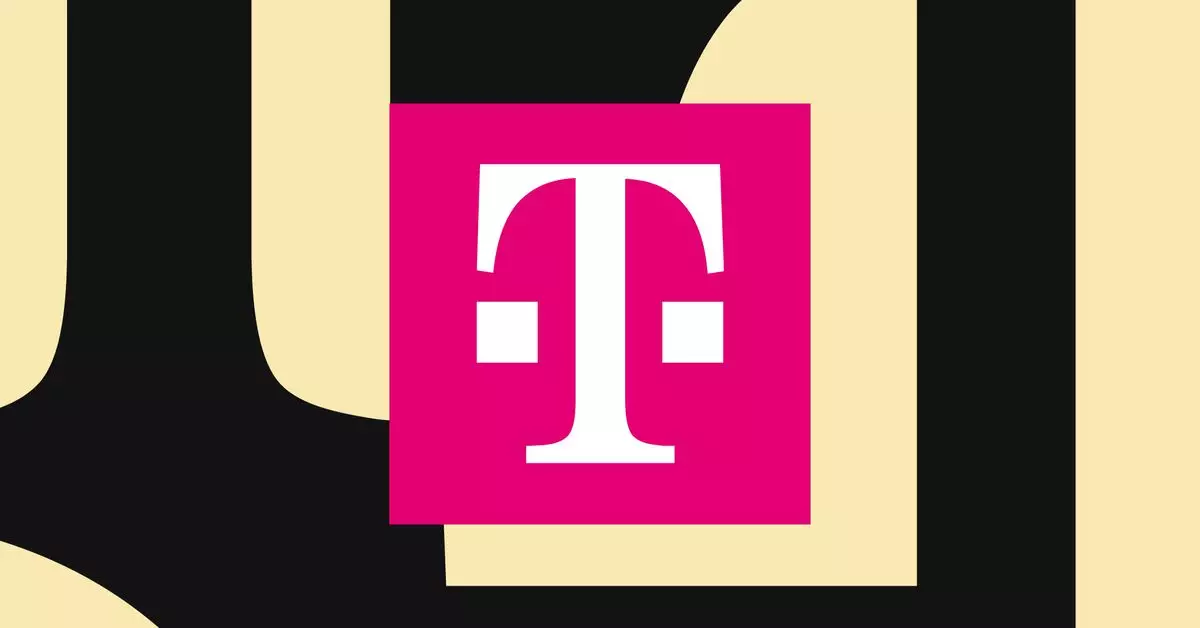In the wake of Hurricane Helene’s merciless impact on North Carolina, the Federal Communications Commission (FCC) has taken a noteworthy step by granting SpaceX and T-Mobile special temporary permission to utilize Starlink satellites for a direct-to-cell service. The storm left communities grappling with severe flooding, leading to widespread communication outages. The initiative aims to bridge the gap in connectivity, ensuring that affected individuals can receive vital emergency alerts, thereby underscoring the significance of satellite technology in disaster recovery efforts.
With the Starlink satellites now operational, residents in disaster-stricken areas are receiving emergency notifications transmitted directly to their cell phones, irrespective of the service provider. This immediate response highlights the adaptability of satellite technology in emergencies. Additionally, SpaceX’s initiative includes plans to test basic SMS texting capabilities for T-Mobile users, creating an additional layer of communication for those in need. Although full service deployment is pending, these efforts illustrate a strategic approach toward improving outreach during a crisis.
Despite these promising advancements, the situation remains complex. The FCC has noted ongoing outage patterns in certain regions across the Southeast, indicating that while the response measures have yielded improvements, challenges persist. The realization that communication lines can be severely disrupted in the face of natural calamities portrays a stark reality for many communities. This underlines the critical need for reliable backup systems to maintain connectivity when traditional infrastructure fails.
The advent of SpaceX’s direct-to-cell service has not come without contention. Major telecom players, AT&T and Verizon, have raised concerns over potential interference with their established cellular networks. This pushback from industry giants highlights the struggles that innovative technological services often face when they encroach upon existing market dynamics. The regulatory environment, overseen by the FCC, becomes pivotal in balancing competition and ensuring that advancements in technology can operate without hindering the existing networks that many consumers depend upon.
The response to Hurricane Helene serves as a vital case study for the integration of satellite technologies in emergency communications. As the industry adapts to such challenges, the importance of collaborative approaches between traditional telecom corporations and innovative tech firms like SpaceX grows ever more apparent. Future natural disasters will inevitably test the resilience of our communication infrastructure. Strategies that harness satellite capabilities could redefine the landscape of emergency management and pave the way for more robust solutions, ensuring that communities are better equipped to stay connected, even amidst the fiercest storms.

